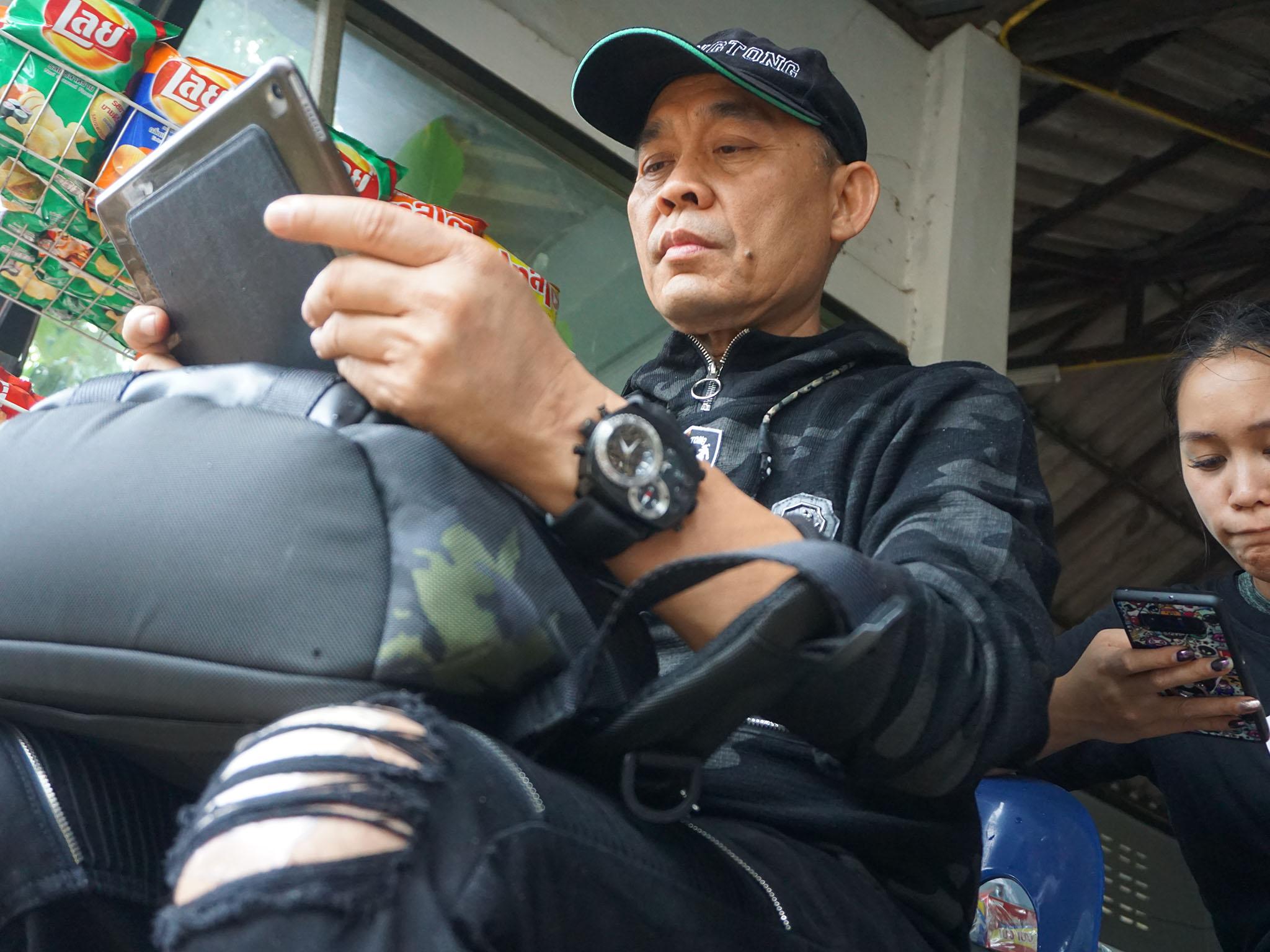Thai cave rescue: Giant plastic tube device being tested at site in case divers fail in effort to rescue trapped boys
Exclusive: Father and daughter say they are working alongside rescue divers who escorted first boys to safety, in case 'plan A and B are unsuccessful'
Even as the first of 12 boys and their football coach emerged from more than two weeks trapped in a flooded cave complex here in northern Thailand, a father-daughter duo continued to work on an alternate rescue apparatus, such is the precariousness of the situation.
At the foot of the Doi Nang Non mountain, into which the caves run, Pairojana Toontong is putting his inflatable nylon-canvas tube through a series of tests to establish if it is durable enough to handle the jagged edges and acute bends inside the Tham Luang caves.
“We are only a plan C or a plan D,” said his daughter, Sthpanik. “We hope that our plan will not be required. But if it is, we need to make sure we are ready.”


After 15 long days trapped in cramped conditions, with little food, no natural light and dangerously low oxygen levels, it remains unclear if all of those inside the caves will be fit to make the hours-long journey to safety.
Additionally, monsoon rains are forecast for the coming days, which could derail the current plan to walk and swim the boys and their coach out of the caves.
In the event that it is required, Mr Pairojana’s tubing would be folded down and dragged into the caves before being inflated by a giant fan at the cave’s mouth.
At the other end, rescuers would seal off the tubing, allowing it to expand to a maximum of 70cm in diameter.

On Sunday afternoon, the tube was laid out in a canal gushing with water pumped out of the inundated caves. It was also run through storm water drains and around tight bends to best simulate the rugged terrain inside the caves.
The father-daughter duo said they had been working alongside the rescue divers who escorted the first boys to safety, until they were moved away from the mouth of the cave with all non-essential personnel.
After emerging from a test-crawl through the tunnel, Sthpanik said that any final call on using it would be up to the rescue divers.
“They went in to do their job today,” said Sthpanik. “But they told us to hang around and keep testing the tube in case plan A and B are unsuccessful.”
Four of the 12 children were brought out during the first phase of the rescue operation, before the mission was halted for at least 10 hours.
They were each taken to hospital. An official said the healthiest of the boys had been taken out first and that the rescue operation was going better than expected.
Join our commenting forum
Join thought-provoking conversations, follow other Independent readers and see their replies
Comments
Bookmark popover
Removed from bookmarks